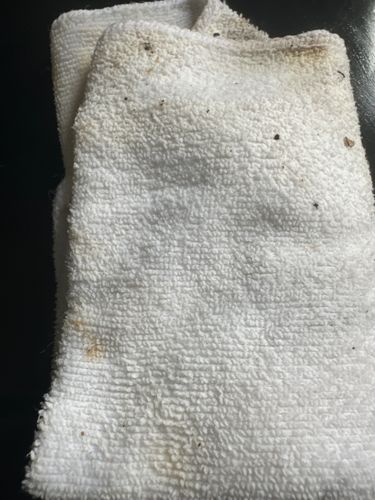Bed Bug
Scientific Name: Cimex lectularius
Order & Family: Hemiptera, Cimicidae
Size: Adult bed bugs are typically 4-5 mm (0.16-0.20 inches) long, similar in size and shape to an apple seed. Nymphs are smaller and translucent.

Natural Habitat
Bed bugs commonly infest human dwellings, especially bedrooms. They hide in cracks and crevices, such as mattress seams, bed frames, headboards, electrical outlets, and behind wallpaper. They are experts at hiding and can be found almost anywhere in an infested room.
Diet & Feeding
Bed bugs are hematophagous, meaning they feed exclusively on blood. While humans are their preferred hosts, they will also feed on pets and other warm-blooded animals if humans are not available.
Behavior Patterns
Bed bugs are primarily nocturnal, feeding on humans (or other warm-blooded animals) while they sleep. They are attracted to warmth, carbon dioxide, and certain chemicals. Adult bed bugs can survive for several months without a blood meal. They reproduce rapidly, with females laying several eggs per day, which hatch in about 1-2 weeks.
Risks & Benefits
Potential risks include itchy red welts (from bites), allergic reactions, secondary skin infections from scratching, and significant psychological distress (anxiety, insomnia). They are not known to transmit diseases to humans. There are no known benefits of bed bugs to humans or the ecosystem.
Identified on: 9/2/2025